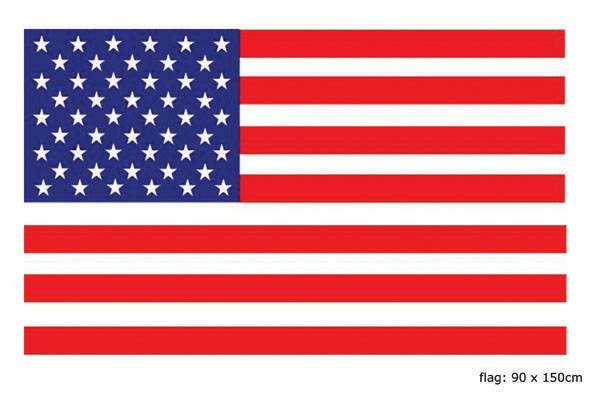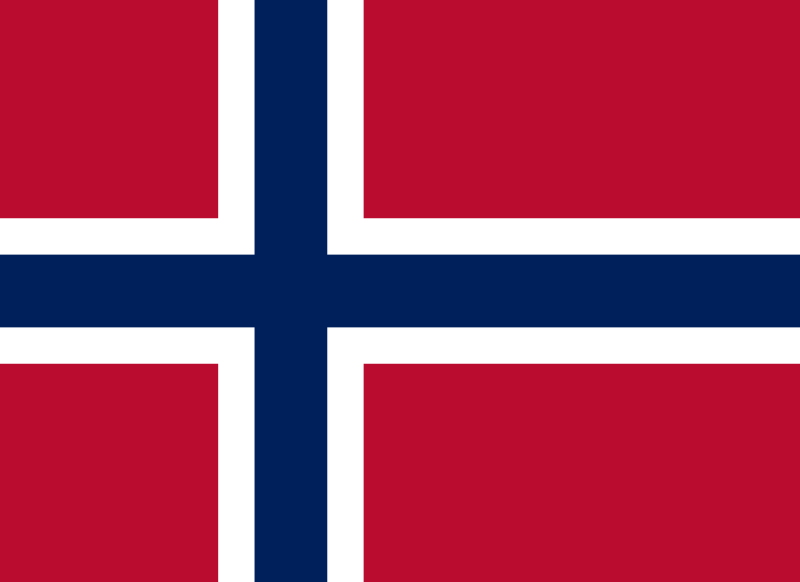Human activities, from pollution to overpopulation, are driving up the world’s temperature and fundamentally changing the world around us. While the rapid rate of climate change is caused by humans, we are also the only ones who can combat it. If we work to replace fossil fuels with renewable energy sources, such as solar- and wind power, which don’t produce greenhouse gas emissions, we might still be able to prevent some of the worst effects of climate change still to come. The only way to stop climate change is to release fewer harmful gases into the atmosphere than we do today. We are the ones to blame, but we can make it right again.
When looking into the effects of climate change that we can see today, a major and undeniable factor affecting millions is droughts. Climate change has been a talking point for many, but a large majority of the older generation of Australians, especially those working in the agricultural industry, have kept to their beliefs that Climate Change is a political stunt, a web of lies strung together to create movement in voters, and reasons to distrust opposition parties in fear of the climate crisis. However, from the devastating 2001 – 2009 drought that ravaged Melbourne and the greater state of Victoria, to the current state of droughts in New South Wales, farmers, politicians, close-minded disbelievers and even the cows, are starting to pay attention.
Between 2017 and 2019, severe drought developed once more across much of eastern and inland Australia including Queensland, New South Wales and Victoria, also extending into parts of Southern and Western Australia.
Farmers rely heavily on water to keep both their businesses, animals, crops and families alive. When water levels are low, everyone has to make a sacrifice. Watering of gardens in suburban Melbourne was limited to a certain amount of time per day during the droughts, along with limits on the amount of water each house had access to. In-house rules were set by each family on how long showers should be for, with most families at the time setting the limit at 3 minutes per person. Everybody felt the effects of the drought and the agricultural sector was definitely hit the worst. In an attempt to support the industry that provided the food for the country’s people, the federal government spent more than 20 billion dollars each year on subsidies for the farm businesses. About 39 percent of the nation’s 2.1 million farms received subsidies, with the lion’s share of the handouts going to the largest producers of corn, soybeans, wheat, cotton, and rice. Without government aid the farmers and their livelihoods, along with the fragile agricultural system, the animals which depend on water to survive and the humans that in turn depend on those livestock as food would surely suffer at the hands of the droughts.
Drought may be the last straw in driving farm and ranch families off their land and livestock producers out of business. It brings hardship to water-dependent enterprises such as commercial fishing, marinas, river outfitters and guides, landscapers, golf courses, and water theme parks. In many small communities, downturns in farming, ranching, and recreation have a rippling effect, causing loss of income for seed and implement retailers, recreation equipment suppliers, and Main Street businesses from grocery stores to clothing outlets, entertainment operations, restaurants, and banks. This in turn creates revenue shortfalls for local governments.
“It was like the gates of hell. There is no other way to describe it.” Ten years ago, Australia experienced its worst ever bushfire disaster when 173 people died across the state of Victoria. Immediately branded as “one of the darkest days in Australia’s peacetime history”, Black Saturday has left a lasting impact. 2009 was the year of record-breaking temperatures, which was caused by an intense tropical cyclone. The dry areas surrounding the fire caused it to spread even further, all thanks to the blistering droughts that had been affecting the area for close to nine years.
Drought can have devastating impacts on the lives of migrant agricultural workers and people employed in seasonal, recreation-dependent jobs. Drought can lead to tough decisions regarding the allocation of water and result in stringent water-use limitations. Drought can also cause problems in ensuring safe drinking water as well as adequate water supplies for municipal, county, and rural fire-fighting efforts and for the dilution of wastewater effluent.
Climate change is a real problem that leads to health and climate hazards like drought. One of the consequences of drought is driving farm and ranch families off their land and livestock producers out of business. Something needs to happen before it’s too late.




